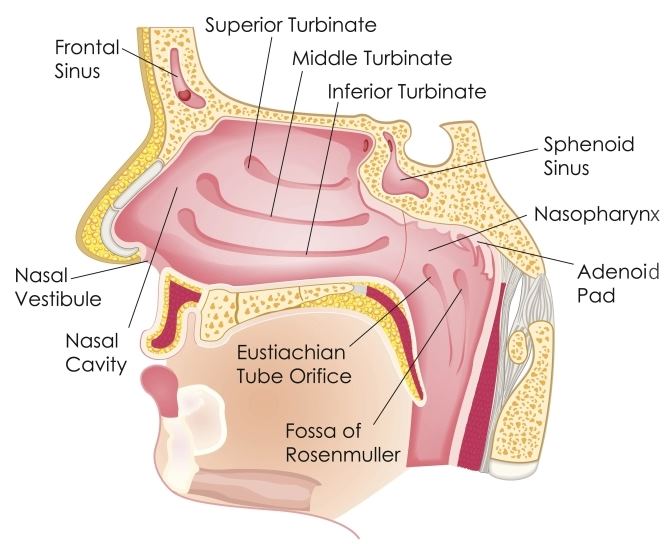The nasal bone is the most frequent bone fractured in the body. This is largely because it protrudes from the face, and the bones are thin and relatively fragile. Nasal fractures may result from sports injuries, physical altercations, falls, or car accidents. Indications of a nasal fracture include bruising, swelling, tenderness, pain, deformity, nasal congestion, and nosebleed.
Despite technological advances in imaging, nasal fractures are still definitively diagnosed by physical examination as most fractures are palpable. External changes and asymmetries are typically visually discernible.

